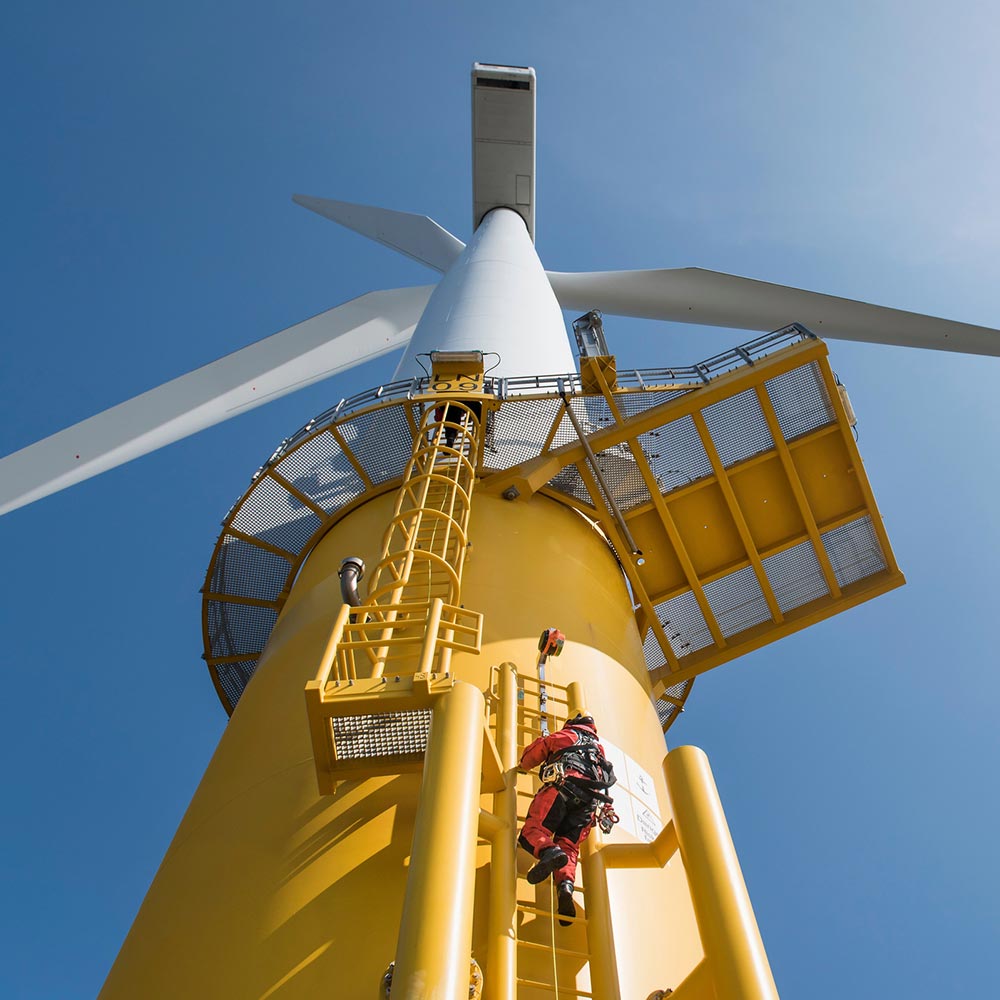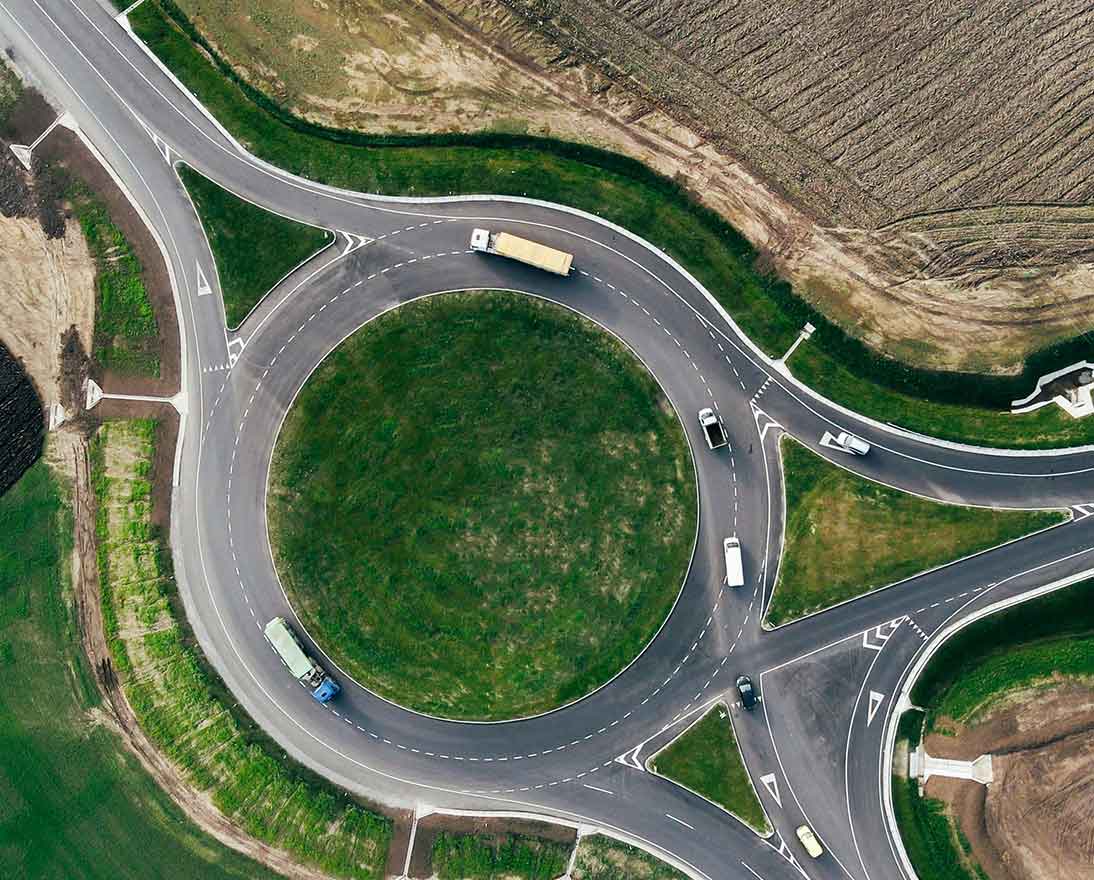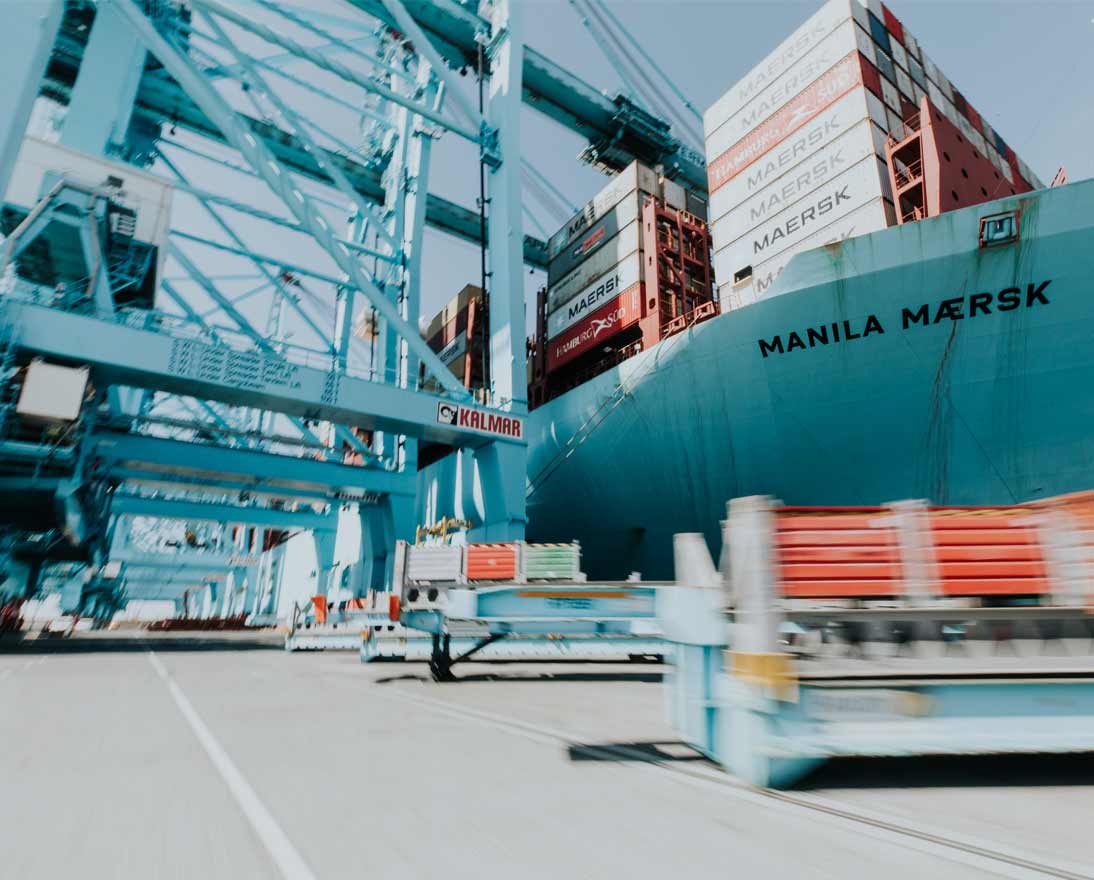Why climate change is hitting the poorest hardest
Climate resilienceArticleSeptember 23, 2024
Rising temperatures are deepening social inequalities globally and within regions and cities. Resilience strategies should offer protection and increase opportunity for the most vulnerable.
The global scale and complexity of climate change is often explained in big numbers: 1.3°C global warming since the 19th century; USD4.3 trillion as the cost of climate disasters since 1970; 66,000 square kilometers of land deforested in 2022.
Although these figures underscore the global scale of the challenge, they also mask alarming inequalities. Slight alterations in atmospheric pressure may be enough to ruin a pleasant summer in temperate regions, but they can push countries to the breaking point at the Earth’s extremes.
Even in rich nations, the headline figures conceal dangerous social and economic disparities. In the United States, climate scientists believe a 1.5°C increase in global temperature will be enough to cut 20 percent off economic output in the most vulnerable areas of hotter southern states, while benefiting the cooler Pacific Northwest.
“Using drought and increasing temperature as an example, this is impacting crop yield and the type of crops they can grow,” explains Amar Rahman, Global Head of Climate Resilience and Sustainability Solutions at Zurich Insurance Group. “So people will migrate from rural to urban areas because they need to change their occupations from agriculture to other types of jobs.”
To understand how this could widen social disparities, US policymakers should look to Bangladesh, where the increasing frequency and ferocity of floods pushes roughly 500,000 people to migrate from coastal regions to the capital, Dhaka, each year.
As a general rule, people’s lives tend to improve when they migrate to cities. A study of 58 countries by the International Labour Organization found that, although rural workers were more likely to be in work than their urban counterparts, they were paid 24 percent less per hour. Lower levels of education are a factor, but climate change is beginning to curb the productivity of rural economies, particularly in less developed nations. In Niger, where frequent droughts have accelerated urban migration, 75 percent of those left behind say that climate change has made it harder to grow crops or raise livestock.
The fallout is not limited to rural economies. Look at Spain, where droughts in 2020 restricted olive oil production and sent national inflation soaring. Also, it is not just a government problem. A recent study published in the journal Nature estimates that climate disruption to global supply chains could lead to net losses of USD25 trillion by mid-century. Much of this will be in the form of lost productivity as dangerous heat waves prevent travel or cut the power to buildings.
“The direct impacts are increased costs of the basic cost of living,” explains Rahman. “Just thinking of the heatwaves that are coming up here in the global north, they mean you will need more energy to cool your homes, which has a direct impact on household budgets. So climate change is actually increasing or scaling that disparity in society.”
Within towns and cities, areas prone to flooding offer more affordable housing. But those cheaper rents come with higher risk, and when natural disaster does strike, the poorest are least able to recover and rebuild their lives. As temperatures rise, those on lower incomes are least able to afford air conditioning or escape to shady gardens. Their working days are less likely to be spent in chilled offices and their journeys to (often multiple) jobs will be hotter and more crowded.
It is already clear that the energy transition and electrification, essential if the climate crisis is to be stalled and reversed, is having an outsize impact on the poorest in society. Think about the crippling levies on older diesel vehicles in London’s now city-wide Ultra Low Emission Zone. Meanwhile, many countries are now dropping the tax incentives to upgrade to an electric vehicle. Landlords will pass on at least some of the considerable cost of replacing gas boilers with electric heat pumps. The challenges of delivering a “just transition” are global, but also very local.
Break the chain
Around the world, countries have pursued diverse and sometimes draconian policies to reduce rural-to-urban migration. For instance, in India, rural workers are guaranteed 100 days of paid employment each year. Meanwhile, in China and Vietnam access to urban services are often restricted to people based outside their registered location.
This does little to support those in areas prone to flooding or extreme heat, however. Instead, public, private and academic institutions need to work together to drive resilience. Insurers are well positioned to facilitate this collaboration by providing the tools and expertise to help companies to identify where severe heat or rising sea levels may pose a risk.
In remote areas, a sudden flood may cut people off from jobs or vital services, for example. By providing data analysis on the connectivity of different regions, insurers can help their customers to determine where employees are vulnerable. They can then analyze the broader economic and societal risk to help to engage local municipalities, as well as providing the relevant expertise to develop a cost-effective solution.
“No matter what organization you’re involved in, you’re not an island insulated from the effects of what’s going on around you,” explains Rahman. “That’s why our risk assessments promote processes that engage as many stakeholders as possible, because each stakeholder has different challenges and different data, so when you bring all that together, you can reach a comprehensive solution.”
Regional collaboration also makes economic sense. “One of the things we work on is developing solutions using local and regional resources,” says Michael Ramage, professor of architecture at Cambridge University and head of Cambridge Transformation Labs, a regenerative design firm. “This makes sure that all the investment remains in the region, but also helps to boost local economic growth.”
Thinking locally can also help to break damaging design cycles, explains Professor Ramage. “When cities need to house people at such a pace, we fall back on the energy-intensive materials, such as steel and concrete, which we’ve been using since the Industrial Revolution, but there are lots of good local bio-alternatives that we can implement in building products.”
By enhancing rural resilience through sustainable practices and innovative technologies, we can mitigate the pressures driving migration to cities, but governments and the private sector need to collaborate. The climate change narrative may be defined by big numbers, but the solution is in the sum of our parts.
This article was originally published on Economist Impact.

Climate Resilience
Our Climate Resilience experts help you identify and manage climate risks, and prepare you for climate reporting.




